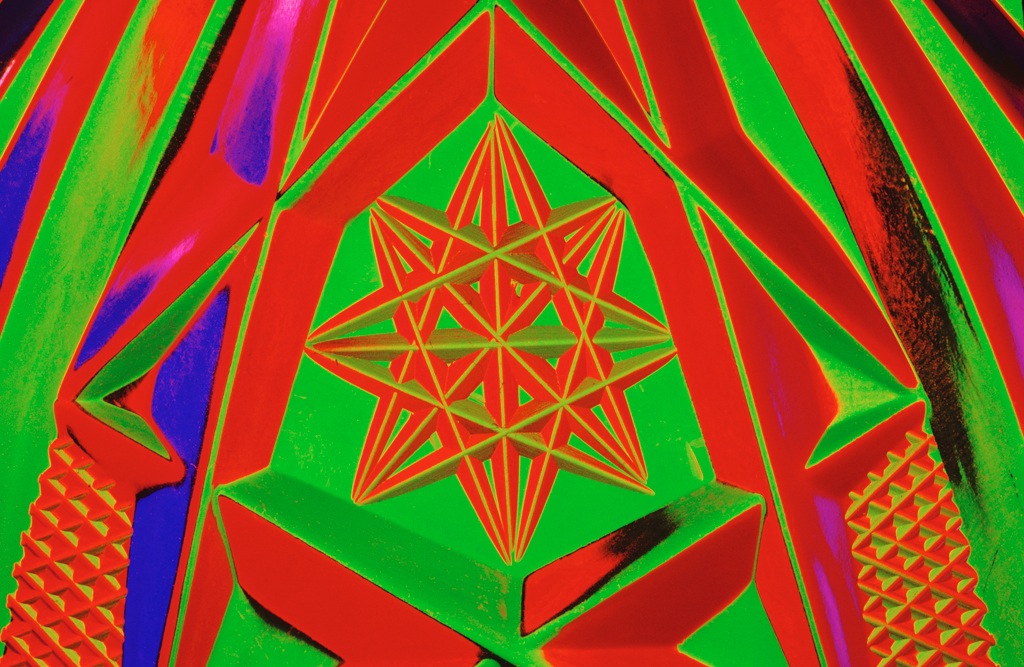There is a subject that is not given enough attention in photography. That subject is seeing — how to see a scene we want to photograph. We live in a fast-paced world, but, alas, seeing takes time. Seeing is more than looking, more than glancing. Seeing is examining, isolating, analyzing, abstracting and always asking the question: What happens if? What happens if I raise the camera, or lower the camera, or point the camera to the left or right? What happens if I move me and the camera closer or further away, or to the left or right. What happens if?
One of the many benefits of digital is there is no cost for film. But that can be a mixed blessing. I hear of folks taking thousands of images while on vacation, often hundreds of images a day. How much time did they spend seeing the scene before they pressed the shutter?
One of the most important accessories you can have in photography is — forgive me for saying it — a tripod. Yes, I know you have image stabilization lenses and you can shoot at a fast ISO and, therefore, you don’t need a tripod. If you are doing sports photography, photojournalism, or photographing your kids or grandkids, a tripod is not a viable option. But if you are photographing nature, still life, close-ups, etc., consider the advantages of a tripod. A tripod allows you (sometimes even forces you) to slow down, and lets you examine carefully and precisely what is in the viewfinder.
The fastest way to become a better photographer is to slow down. That is good advice. Slow down, take time to see, study the viewfinder, and ask and answer the question: What happens if?
— Joe Miller


